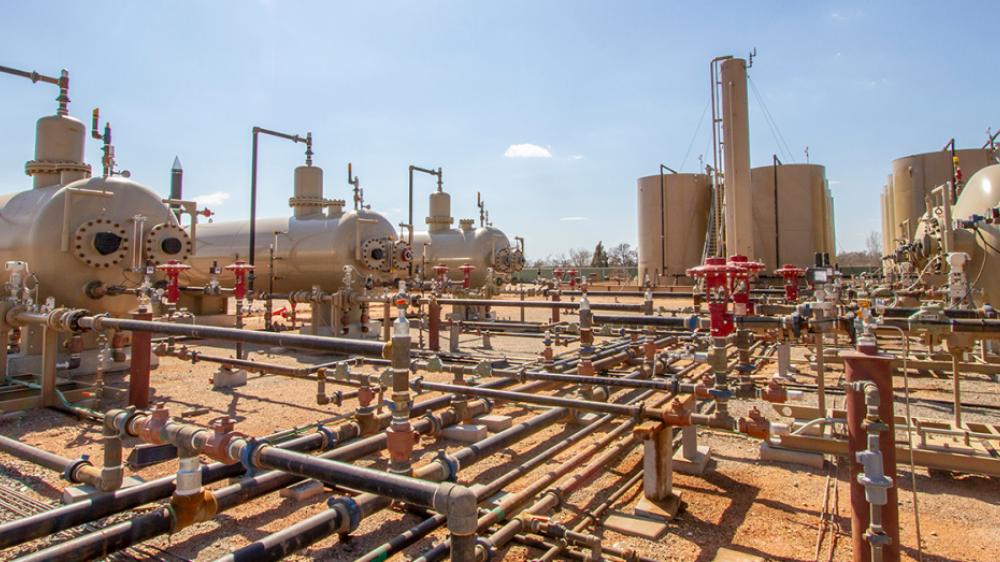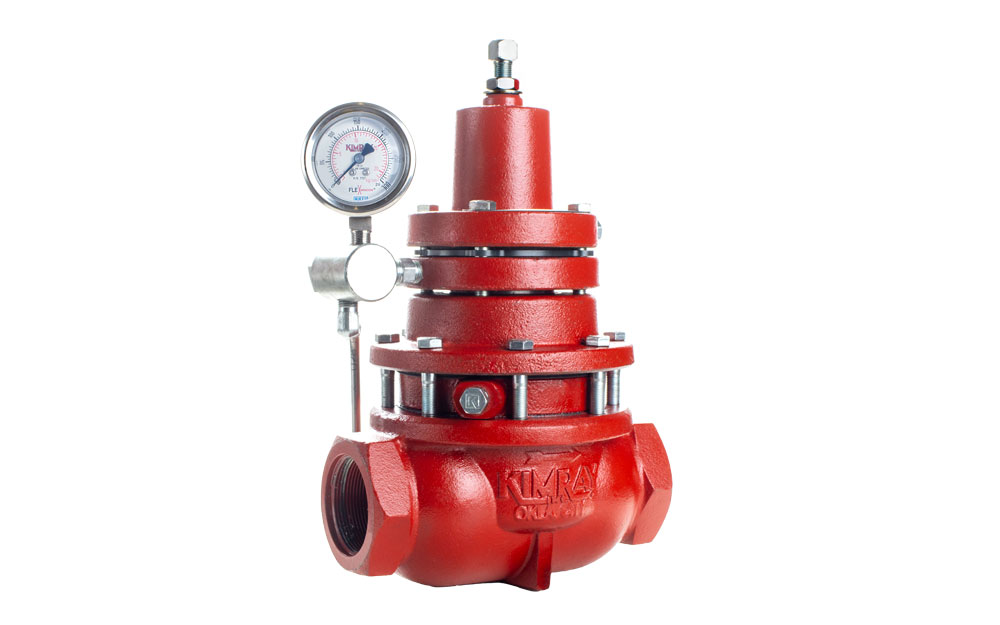
The difference between analog and discrete signals is like the difference between a light switch and a light switch with a dimmer.
In this article, we'll answer this basic question regarding electric communication: What's the Difference Between Analog and Discrete Signals?
Valve Automation on the Rise
For a growing number of producers, valve automation is proving to be a productive investment. Kimray offers several products that operate via electric power and the knowledge to make them work.
Communication Types
There are two main types of electronic communication in the modern oil and gas industry: Discrete and Analog.
Understanding how these communicate with PLCs (programable logic controller), RTUs (Remote Terminal Unit) and other electronics will help you select the right equipment for your application.
Discrete Signals
Discrete signals are either on or off, like a light switch.
The applications and processes you are wanting to automate will determine the types of discrete devices you select.
There are a variety of devices used to send and receive discrete on/off signals. These include:
- limit switches
- level switches
- solenoids
- proximity switches
Analog Signals
Analog signals are signals that can change or vary, like a light switch with a dimmer. The dimmer will vary the resistance in the line, causing the light to dim or brighten as you choose.
Liquid level, temperature, position, pressure and flow rate are just some of the measurements that analog devices can provide to a control system.
How does something physical like pressure become an analog signal?
Monitoring devices such as transducers are used to turn the physical properties into an electrical signal. Some transducers use the physical properties to control the resistance in an electrical circuit. Here are two examples:
- RTD — An RTD (Resistance Temperature Detector) will vary its resistance value based on the temperature. As the temperature increases, so does the resistance in the circuit, changing the supplied voltage or current.
- Pressure Transducer — The same is true for pressure transducers that use strain gauges. As pressure increases on the strain gauge, the resistance in the circuit goes up and the voltage or current level changes.
The output signals that transducers provide can be voltage or current based. The most popular transducer signals in the oil and gas industry are 4-20mA (Milliamps) and 0-10VDC (Volt Direct Current).
Analog devices are used in applications such as pressure control, flow control and other applications where a varying signal is used to throttle or control the position of a device.
To speak with an expert about electric options for your operation, contact your local Kimray store or authorized distributor.




























